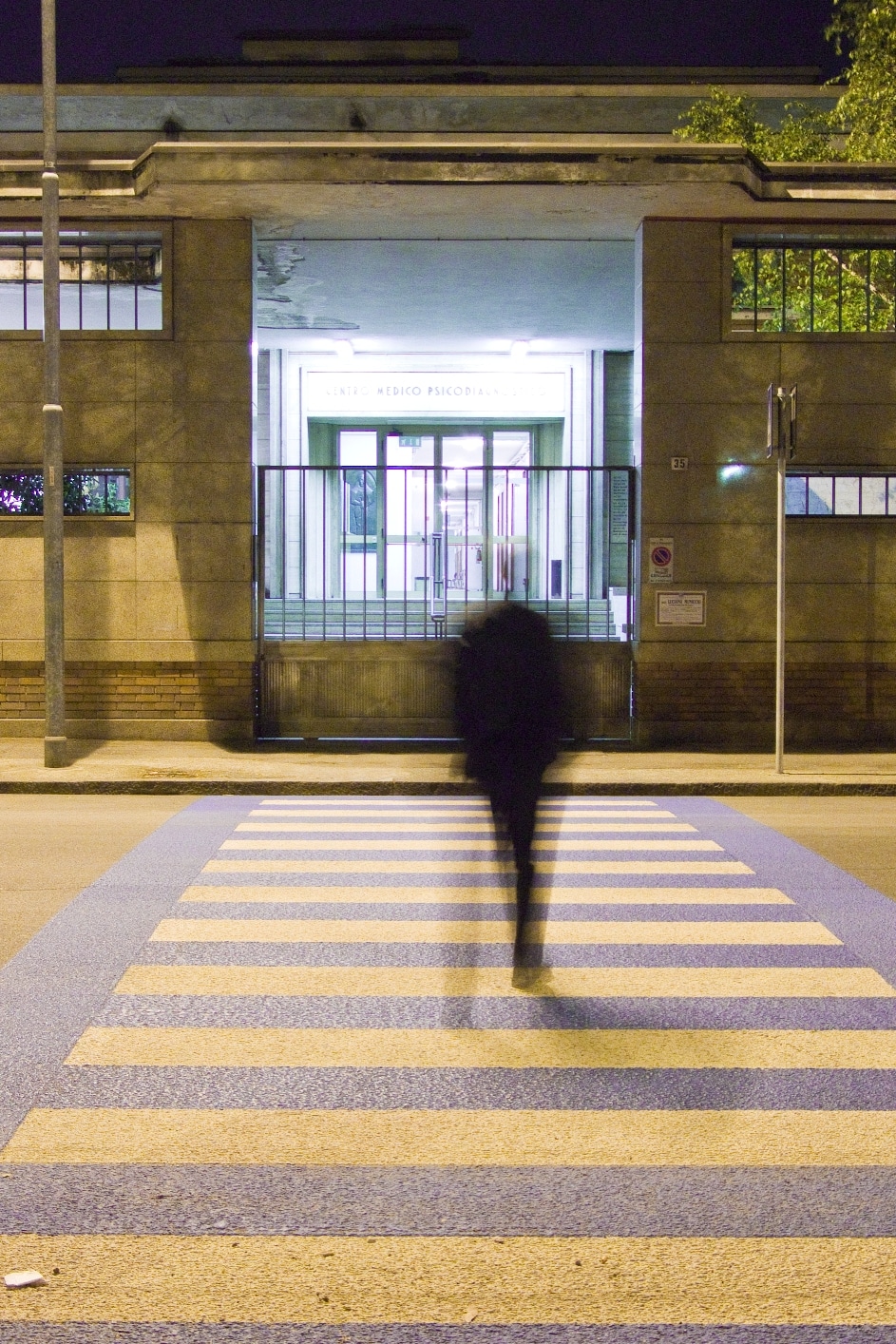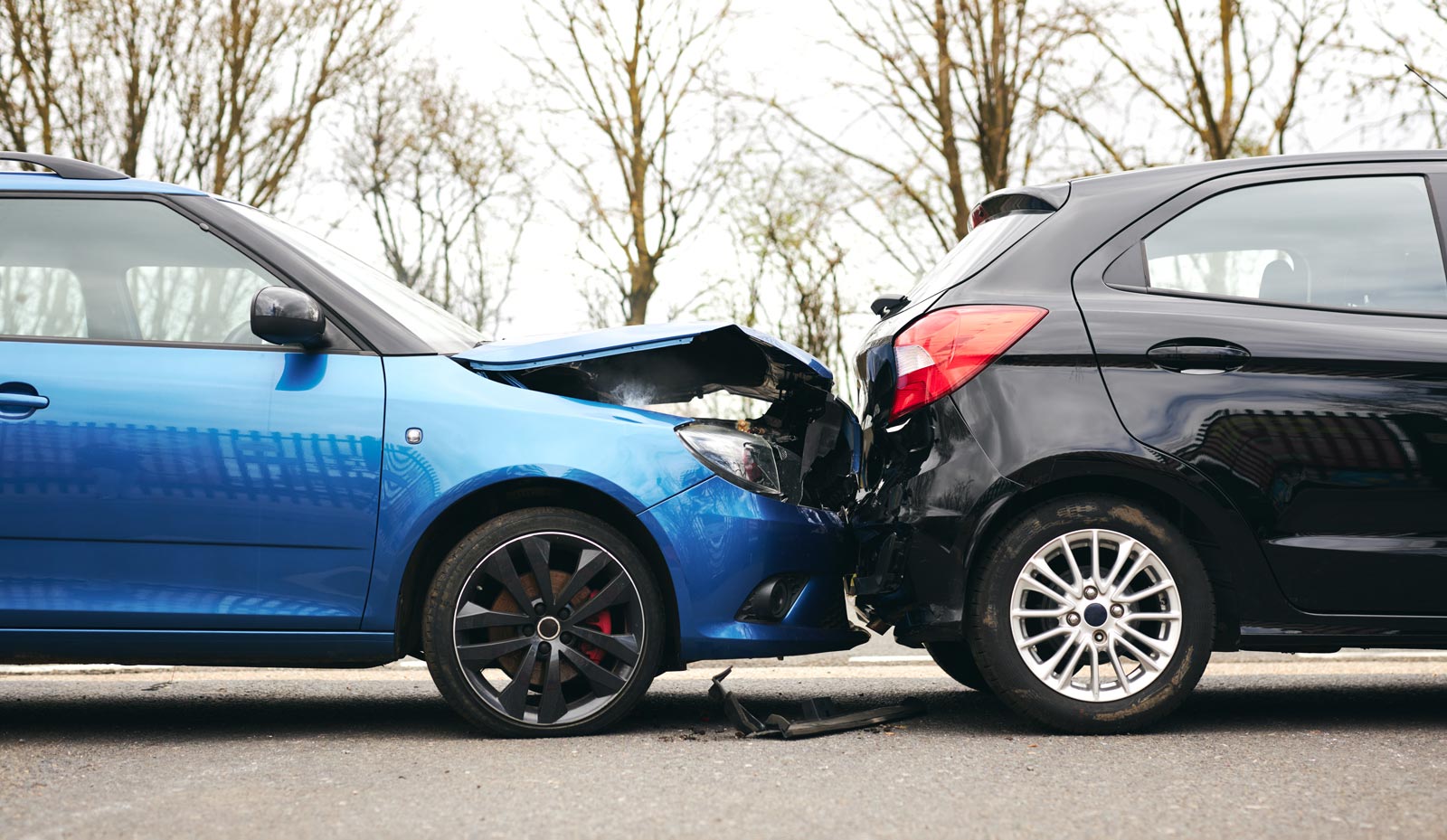Every 88 minutes, someone dies from a pedestrian-car crash. In 2018, there were 8,110 bicyclist and pedestrian crashes in Texas. Unfortunately, pedestrian-car crashes are more common in urban areas like San Antonio.
While all pedestrians are vulnerable, children and older individuals face a much higher risk of death or injury. In this article, the experienced injury lawyers at Crosley Law explain why these groups are especially vulnerable, and we also suggest ways you can protect a loved one after a crash.
The Most Common Pedestrian Injuries Involve the Head, Legs, or Chest
Because pedestrians don’t benefit from airbags, seatbelts, and crumple zones, their injuries during a crash are usually the most severe. According to the National Highway Transportation Safety Administration (NHTSA), pedestrians are 1.5 times more likely to get hurt in a crash than a driver or passenger.
Some of the most common injuries include:
- Head injuries, including traumatic brain injuries (TBIs)
- Musculoskeletal injuries, especially to the legs, knees, hips, and pelvis
- Chest and abdominal injuries
- Neck and back injuries
The frequency of these injuries depends on a variety of factors, including the victim’s age. A 2007 study published in The California Journal of Emergency Medicine found that children are more likely to suffer TBIs in pedestrian crashes while adults most often suffer musculoskeletal injuries.
Our Youngest and Oldest Pedestrians Are Most at Risk During a Car Crash
For years, researchers have studied how car-pedestrian crashes impact different populations, often focusing on the victims’ age. The data is clear: when the victim is a child or a senior citizen, they are much more likely to die or suffer from a life-changing disability.
Car Crashes Are One of the Top Causes of Childhood Disability and Death
For years, pedestrian collisions were the second highest cause of childhood death in the United States. While childhood pedestrian deaths are down, it’s undeniable that our kids remain uniquely vulnerable during a car crash.
Because children between the ages of 5 and 14 are smaller in build, their point of impact in a car-pedestrian crash is different. When an adult is hit by the front of a car, the first point of impact is often their lower leg. The force pushes their body onto the hood, hitting their thighs and pelvis. Finally, the victim’s chest and head suffer an impact.
When a child is hit by a car, their first point of impact can be much higher, making life-threatening head injuries more common.
Pedestrian Injuries Are on the Rise Among Seniors
The number of adult pedestrian and bicyclist injuries has steadily risen in recent years, especially among people who are at least 65 years old. According to the NHTSA, about 20% of all pedestrian fatalities and 10% of all injuries involve older individuals.
Due to pre-existing conditions, neurodegeneration, and other factors, older pedestrians typically face a longer and more difficult healing process. This is especially true for older pedestrians with TBIs, who frequently face longer hospitalizations, more intense rehabilitation, and higher medical expenses than their younger counterparts.
Protect Your Loved Ones After a Pedestrian Crash
After a pedestrian collision, the victim often needs immediate medical attention. Even if your child or older family member reports only bumps and bruises, they should still receive a comprehensive medical exam. During the impact, they may have suffered a brain injury or other non-obvious injuries that could worsen over time and cause serious complications and disabilities. Make sure you talk with the victim’s doctor and report any deficits or issues, like ongoing reports of headaches or memory loss, that you’ve noticed since the car-pedestrian crash.
Once you’ve attended to your loved one’s medical needs, you should consult an experienced injury lawyer. Pedestrian injury claims involving children and older individuals are notoriously complex. Many seniors will face longer recovery times than anticipated, and this recovery process needs to be accounted for in any potential settlement. Unfortunately, insurance companies often argue that older people’s claims are low in value because they have lower life expectancies and may not have lost income.
On the other hand, when the pedestrian is a child, it can be hard to fully understand the ramifications of the crash, especially early on. To assess your child’s future medical and rehabilitative needs, you’ll need to work with expert witnesses, including neuropsychologists, vocational experts, and life planners.
“Even if your child or older family member reports only bumps and bruises, they should still receive a comprehensive medical exam. During the impact, they may have suffered a brain injury or other non-obvious injuries that could worsen over time and cause serious complications and disabilities. Make sure you talk with the victim’s doctor and report any deficits or issues, like ongoing reports of headaches or memory loss, that you’ve noticed since the car-pedestrian crash.”
Crosley Law: Fighting for Pedestrian Crash Victims and Their Families in San Antonio
At Crosley Law, we’ve been fighting for pedestrians, bicyclists, and other vulnerable road users for years. We use sophisticated techniques to reconstruct our clients’ crashes, calculate their damages, and demand the compensation they deserve.
To schedule your free initial consultation with an attorney from our team, call us at 210-LAW-3000 | 210-529-3000 or complete our quick and easy online form.
References
Chakravarthy, B., Lotfipour, S., & Vaca, F. E. (2007). Pedestrian injuries: emergency care considerations. The California Journal of Emergency Medicine, 8(1), 15–21. Retrieved from https://www.ncbi.nlm.nih.gov/pmc/articles/PMC2859736/
Crownover, J., Galang, G.N.F. & Wagner, A. (2012). Rehabilitation considerations for traumatic brain injury in the geriatric population: Epidemiology, neurobiology, prognosis, and management. Current Translational Geriatric and Experimental Gerontology Reports 1, 149–158. https://doi.org/10.1007/s13670-012-0021-6
Pedestrian safety. (2020, March 6). Centers for Disease Control and Prevention. Retrieved from https://www.cdc.gov/motorvehiclesafety/pedestrian_safety/index.html
Pedestrian safety. (n.d.) National Highway Traffic Safety Administration. Retrieved from https://www.nhtsa.gov/road-safety/pedestrian-safety
The content provided here is for informational purposes only and should not be construed as legal advice on any subject.









